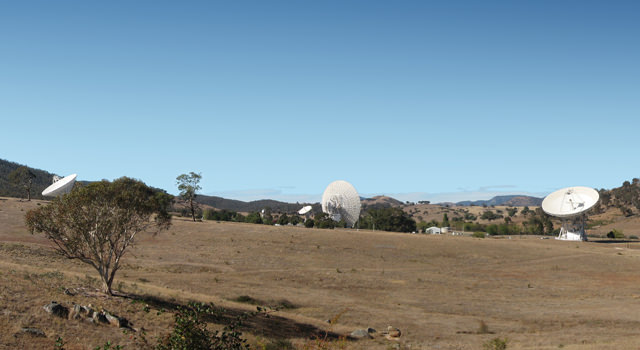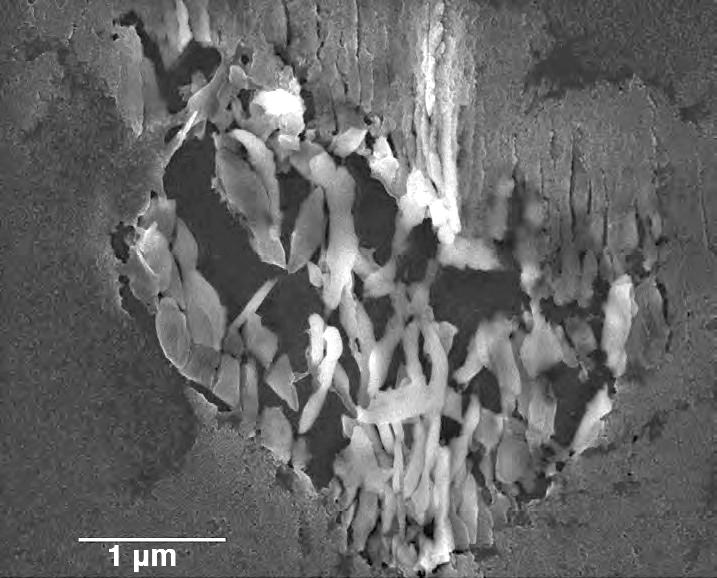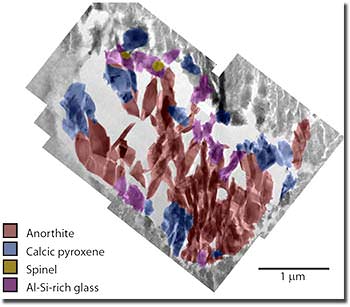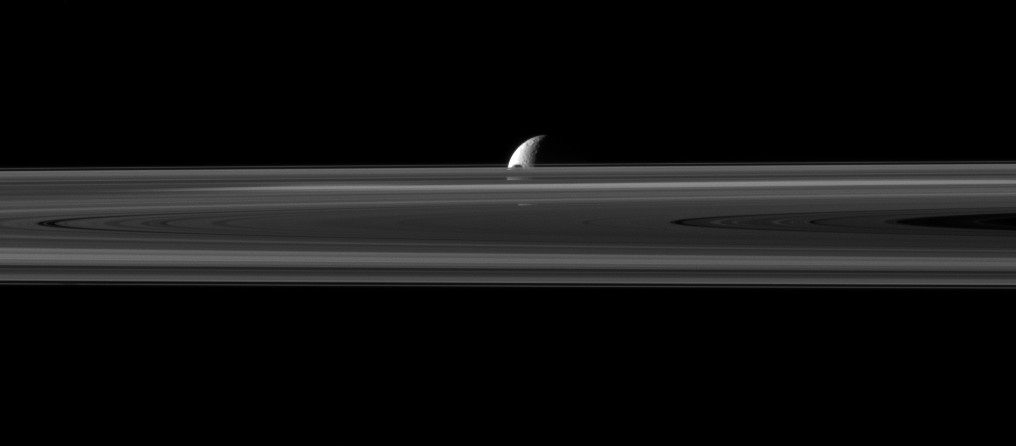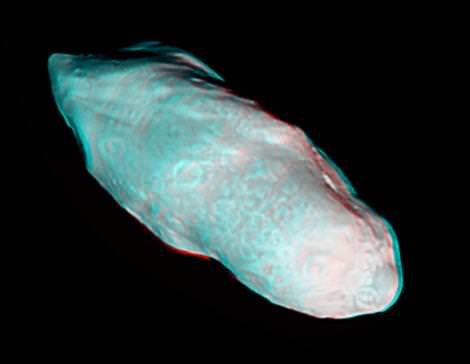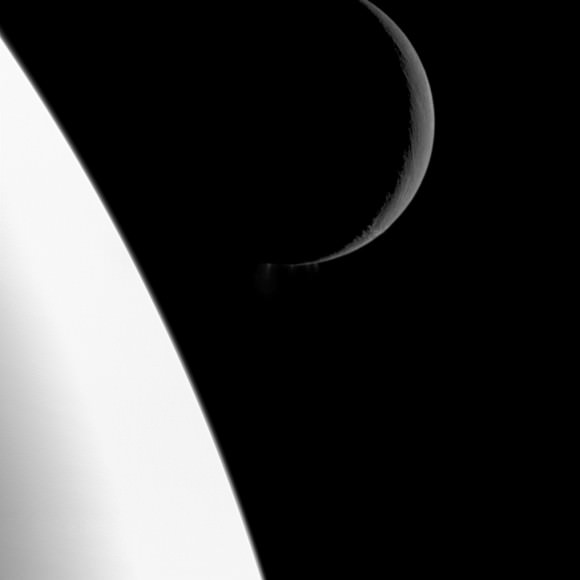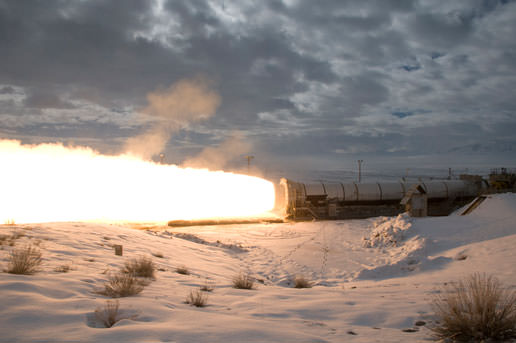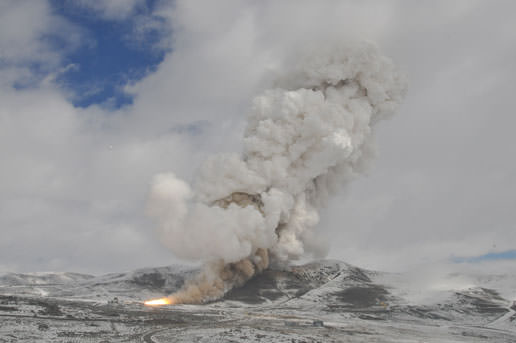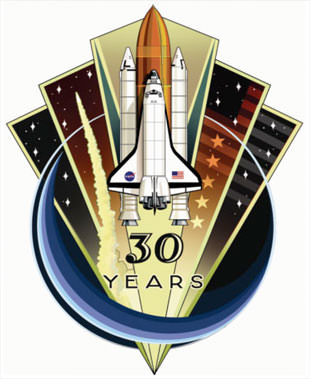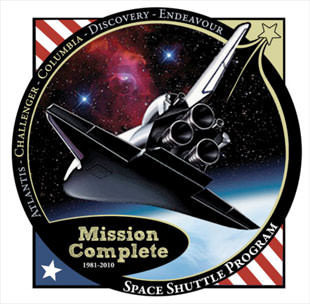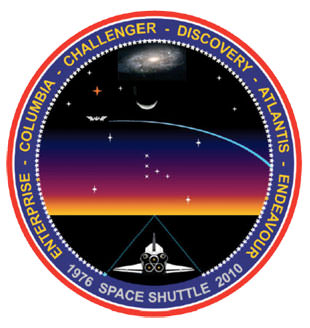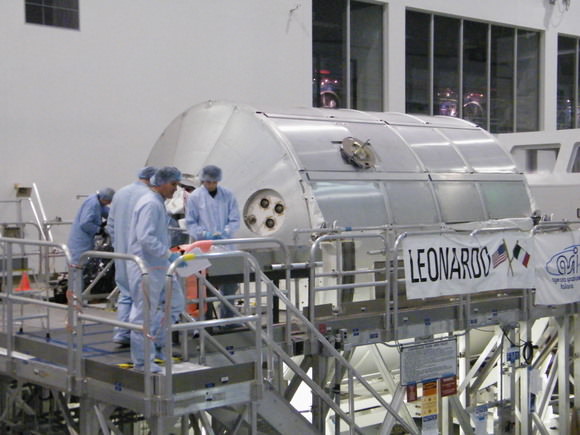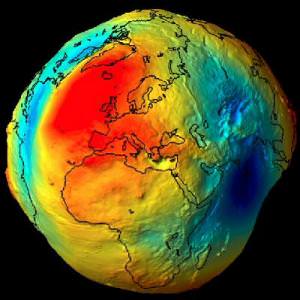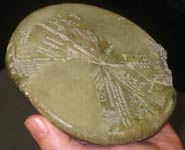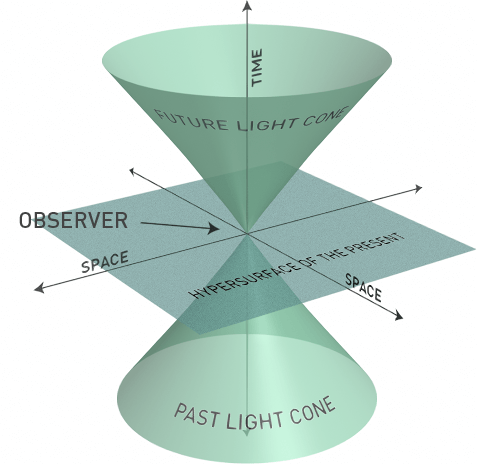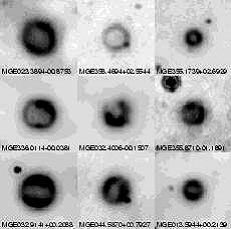Greetings, fellow SkyWatchers! It’s another snowy, moonlit weekend, but that doesn’t mean we can’t enjoy some astronomy together! It’s time to check out Saturn, walk along the ejecta on the Moon and just take a look at a very beautiful star. If you’re ready to learn some history, mystery and facts, then follow me into the backyard….
 February 26, 2010 – Today we celebrate the birth on this date of many astronomers, starting in 1786 with Francois Arago, who discovered the solar chromosphere and made astonishingly accurate estimates of planetary diameters. Arago’s experiments proved the wave theory of light and contributed to the laws of polarization. Following in 1842 was astronomer and author Camille Flammarion, who studied multiple stars, the Moon, and Mars. Although erroneous in some observations (‘‘May we attribute to the color of the herbage and plants which no doubt clothe the plains of Mars, the characteristic hue of that planet.’’), Flammarion was entrusted with a personal copy of the Messier Catalog, including the author’s notes, which he later revised. Last is the 1864 birth of John Evershed, who contributed mightily to solar physics when he photographically discovered that gases in sunspots flowed horizontally from the center toward their edges, an effect now named for him!
February 26, 2010 – Today we celebrate the birth on this date of many astronomers, starting in 1786 with Francois Arago, who discovered the solar chromosphere and made astonishingly accurate estimates of planetary diameters. Arago’s experiments proved the wave theory of light and contributed to the laws of polarization. Following in 1842 was astronomer and author Camille Flammarion, who studied multiple stars, the Moon, and Mars. Although erroneous in some observations (‘‘May we attribute to the color of the herbage and plants which no doubt clothe the plains of Mars, the characteristic hue of that planet.’’), Flammarion was entrusted with a personal copy of the Messier Catalog, including the author’s notes, which he later revised. Last is the 1864 birth of John Evershed, who contributed mightily to solar physics when he photographically discovered that gases in sunspots flowed horizontally from the center toward their edges, an effect now named for him!
Now, let’s check out Saturn…
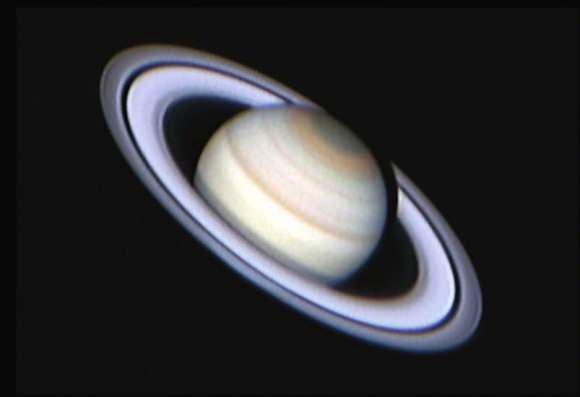
For a small telescope at low power, a first glimpse of Saturn is far from the grand image often portrayed of the ringed planet. Instead of beautiful, Hubble-like images, the viewer is greeted with something that looks more like a sesame seed on a black saucer than a fascinating distant world. But don’t give up! No matter what telescope size you use, the image is more dependent on seeing conditions (such as the steadiness of the atmosphere and transparency) rather than aperture. Even at low power, watching Saturn’s moons orbit over a period of days is very rewarding. And even a very small telescope will reveal Saturn’s ring structure. As optic size increases, so do details on successive nights. Look for such wonders as the wide dark band known as the Cassini division and the dark shadow of the planet’s orb against the rings. Sharp-eyed observers often spy the ‘‘Encke gap’’—the thin, minor ring around the outside. Subtle shadings and the ring shadows on Saturn’s yellowish globe await! Try sketching while observing, even if you throw it away later. When sketching, the eye and the mind coordinate to pick up on finer details than seen by just observing alone. Be sure to take plenty of time! When the one pure moment of seeing and stability combine, even the smallest of telescopes will reward you with a view you’ll never forget.
Afterwards, relax and enjoy the Delta Leonid meteor shower activity. Burning through our atmosphere at speeds of up to 24 kilometers per second, these slow travelers will seem to radiate from a point around the middle of Leo’s ‘‘back.’’ The fall rate is rather low at around 5 per hour and the moonlight will greatly interfere with fainter meteors, but they are still worth keeping a watch for!
 February 27, 2010 – Today let’s celebrate the 1897 birth on this date of Bernard Lyot, master of optics. He invented the polariscope, and produced the first solar coronagraph. He also made the first motion pictures of solar prominences. Lyot was an astute observer, and realized that the lunar surface had similar properties to volcanic dust. He didn’t see canals on Mars but observed sandstorms there, as well as atmospheric conditions on other planets. The Lyot filter is well known, and so is his micrometer, a device used to make precise distance measurements, especially those between close double stars. By all accounts a wonderful and generous man, Lyot sadly died of a heart attack while returning from seeing an eclipse.
February 27, 2010 – Today let’s celebrate the 1897 birth on this date of Bernard Lyot, master of optics. He invented the polariscope, and produced the first solar coronagraph. He also made the first motion pictures of solar prominences. Lyot was an astute observer, and realized that the lunar surface had similar properties to volcanic dust. He didn’t see canals on Mars but observed sandstorms there, as well as atmospheric conditions on other planets. The Lyot filter is well known, and so is his micrometer, a device used to make precise distance measurements, especially those between close double stars. By all accounts a wonderful and generous man, Lyot sadly died of a heart attack while returning from seeing an eclipse.
With such bright sky, it’s going to be difficult to practice much astronomy—or is it? There are always some very cool things to do if you just know where to look! Let’s head for the eighth brightest star in the sky—Procyon.
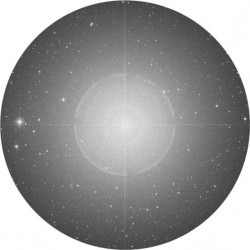 Often called ‘‘the one who proceeds the Dog,’’ Procyon also represents a dog, the beloved pet of Helen of Troy. If you haven’t noticed, Alpha Canis Minoris See Procyon is also the eastern member of what is sometimes called the ‘‘Winter Triangle,’’ appearing above the horizon before the Dog Star, Alpha Canis Majoris. At 0 magnitude, it’s in fair competition with the other trio members: dazzling Sirius and mighty Betelgeuse. At a little more than 11 light-years away, it is also one of the closest stars to our Solar System. Now just stop and look at this beautiful star. Arabic tales describe Procyon and Sirius as two sisters, who along with their brother—Canopus—tried to cross the sky when they came to the Great Sky River. When they both entered the Milky Way and tried to swim across, only Sirius was strong enough to make it and now stands on the southern bank of that river of stars. Left alone to the north as her siblings moved on, Procyon is often referred to in mythology as ‘‘she who weeps.’’ Not surprisingly, astrology also associates Procyon with watery catastrophes!
Often called ‘‘the one who proceeds the Dog,’’ Procyon also represents a dog, the beloved pet of Helen of Troy. If you haven’t noticed, Alpha Canis Minoris See Procyon is also the eastern member of what is sometimes called the ‘‘Winter Triangle,’’ appearing above the horizon before the Dog Star, Alpha Canis Majoris. At 0 magnitude, it’s in fair competition with the other trio members: dazzling Sirius and mighty Betelgeuse. At a little more than 11 light-years away, it is also one of the closest stars to our Solar System. Now just stop and look at this beautiful star. Arabic tales describe Procyon and Sirius as two sisters, who along with their brother—Canopus—tried to cross the sky when they came to the Great Sky River. When they both entered the Milky Way and tried to swim across, only Sirius was strong enough to make it and now stands on the southern bank of that river of stars. Left alone to the north as her siblings moved on, Procyon is often referred to in mythology as ‘‘she who weeps.’’ Not surprisingly, astrology also associates Procyon with watery catastrophes!
February 28, 2010 – Tonight it’s a Full Moon… Since the heaviest snow usually falls during this month, native Indian tribes of the north and east most often called February’s full Moon the Full Snow Moon. Some tribes also referred to this Moon as the Full Hunger Moon, since harsh weather conditions in their areas made hunting very difficult. Given the huge amount of snowfall that has occurred during this month, I think Snow Moon quite fits! Tonight, aim your optics toward the Moon and study an impact crater large enough to have blasted lunar material back to Earth. Its name is Tycho…
 Take one glance at the lunar Southern Hemisphere, and you can’t miss the dazzling display of 85-kilometer-wide Tycho, and its brilliant splash ray pattern. Perhaps 100 million years ago a comet, an asteroid, or a large meteorite impacted the Moon, flinging debris far and wide. One of Tycho’s ejecta paths (rays) crosses the Apollo 17 landing site almost 2,000 kilometers away, where it caused a landslide, revealing deeper materials. Shining like a beacon in Tycho’s center is a mountain peak originating from below the surface crust. The crater floor is lumpy and the rim broken by the force of the impact.
Take one glance at the lunar Southern Hemisphere, and you can’t miss the dazzling display of 85-kilometer-wide Tycho, and its brilliant splash ray pattern. Perhaps 100 million years ago a comet, an asteroid, or a large meteorite impacted the Moon, flinging debris far and wide. One of Tycho’s ejecta paths (rays) crosses the Apollo 17 landing site almost 2,000 kilometers away, where it caused a landslide, revealing deeper materials. Shining like a beacon in Tycho’s center is a mountain peak originating from below the surface crust. The crater floor is lumpy and the rim broken by the force of the impact.
Could a collision like Tycho’s create Earth-bound meteoroids? Indeed, you may have walked on one unaware! The first confirmed lunar meteorite was found in 1979 in Antarctica, but it was many years before its true identity was known. Confirmation required comparison of its chemical composition to that of Apollo lunar samples. To date, only around 40 confirmed lunar meteorites are known, but as many as one in every thousand may have originated from our nearest neighbor. Noble gas measurements show some of these materials may have left the lunar surface up to 20 million years ago, but most are around 100,000 years old. They might resemble terrestrial rocks, but ones with their chemical composition are found only on the Moon. Have a look at Tycho and imagine the power that sculpted this mighty crater!
Credits for this week’s awesome images belong to: Tycho Crater – Roger Warner, Saturn – Wes Higgins, Procyon- Palomar Observatory, courtesy of Caltech and historical images.

